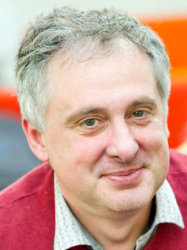BibTex format
@article{Aldegaither:2021:10.1016/j.actbio.2020.12.007,
author = {Aldegaither, N and Sernicola, G and Mesgarnejad, A and Karma, A and Balint, D and Wang, J and Saiz, E and Shefelbine, SJ and Porter, AE and Giuliani, F},
doi = {10.1016/j.actbio.2020.12.007},
journal = {Acta Biomaterialia},
pages = {475--483},
title = {Fracture toughness of bone at the microscale},
url = {http://dx.doi.org/10.1016/j.actbio.2020.12.007},
volume = {121},
year = {2021}
}

